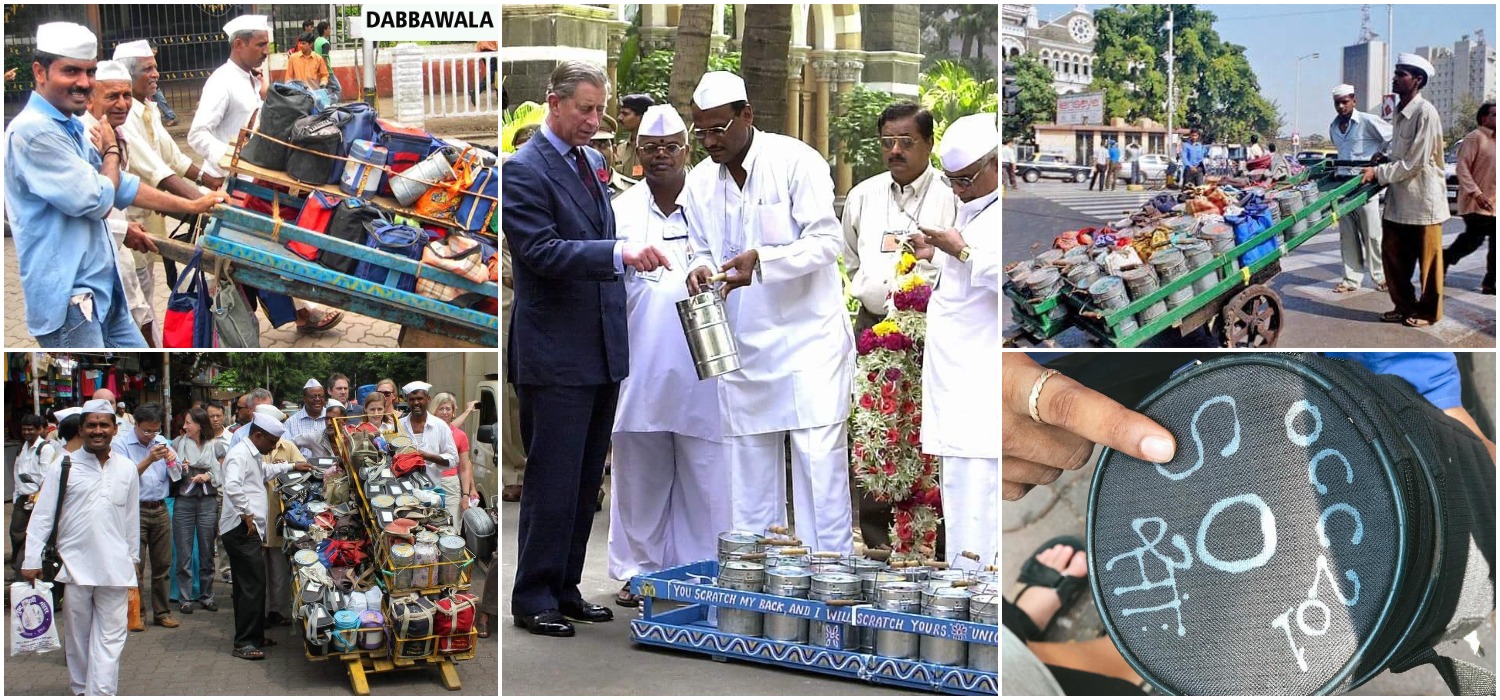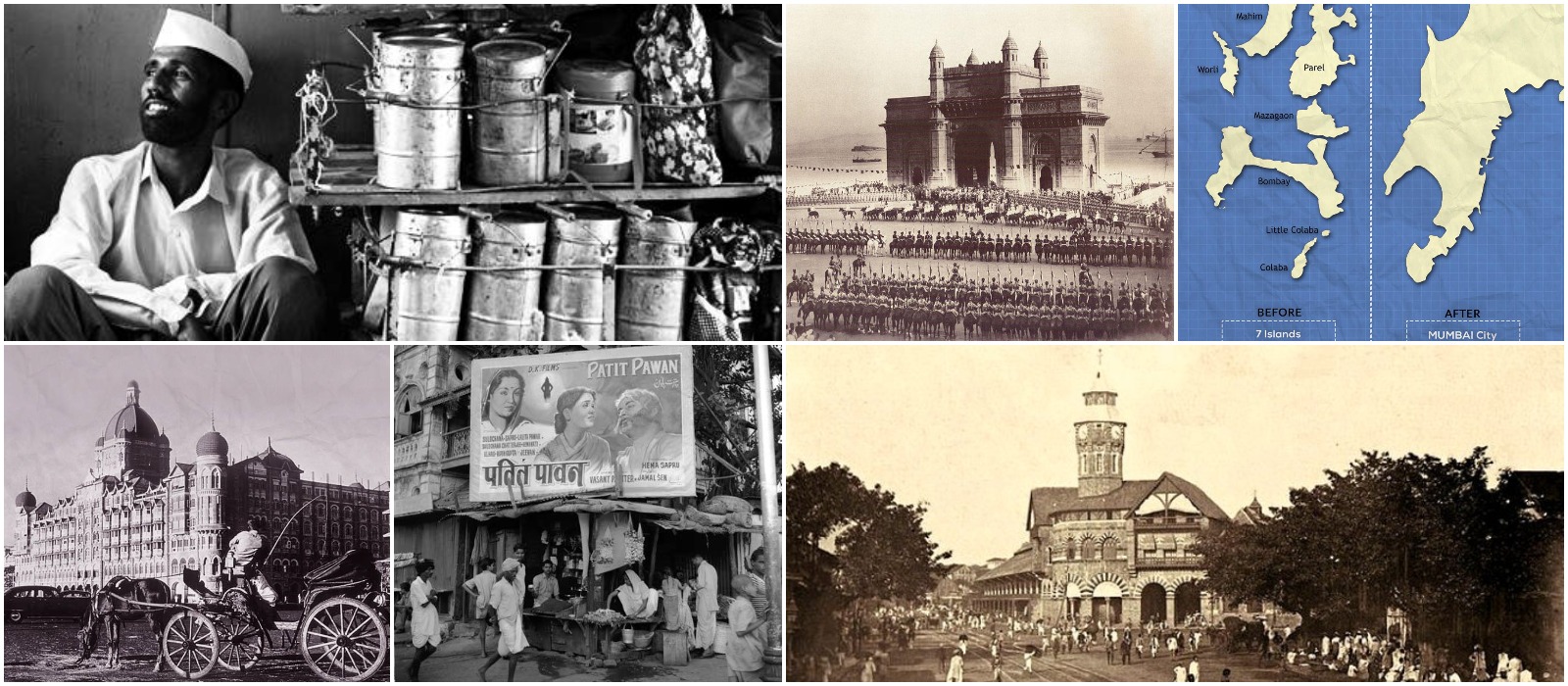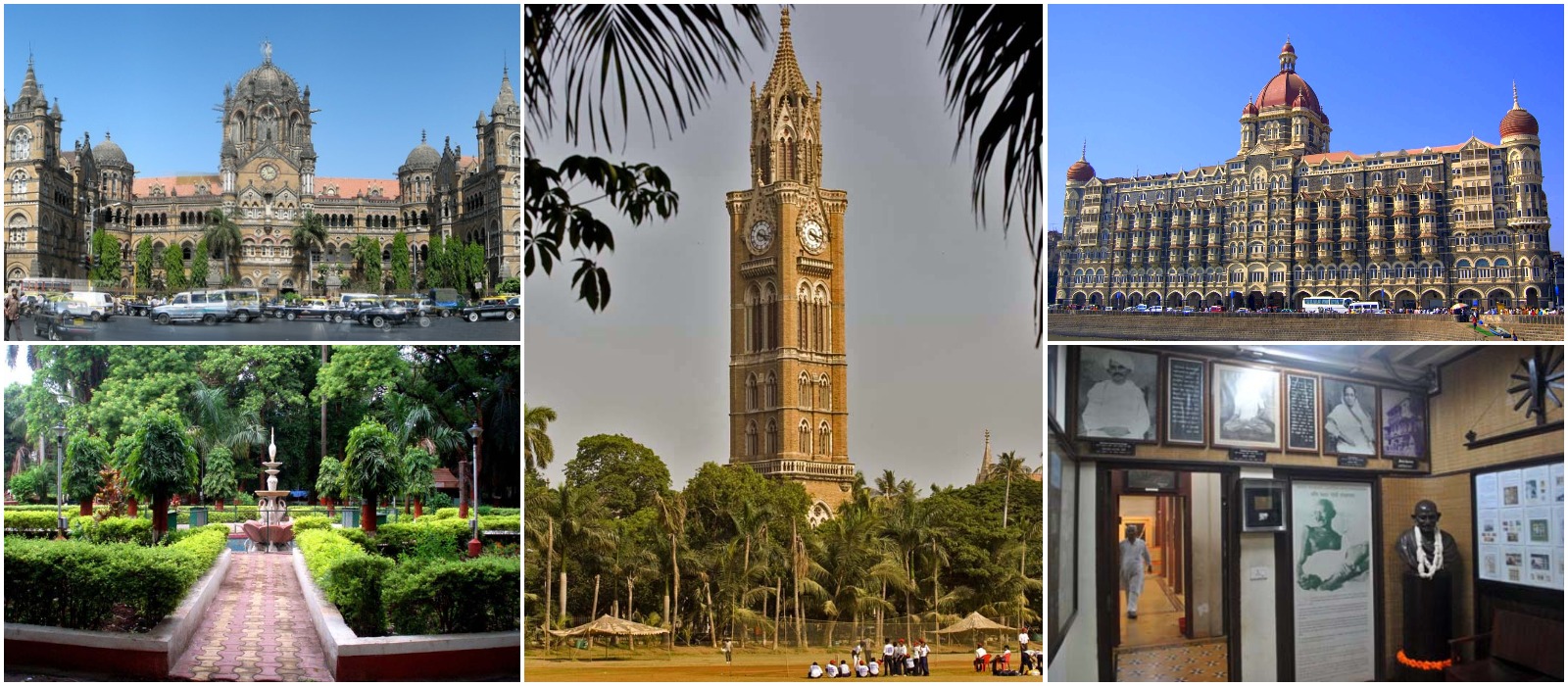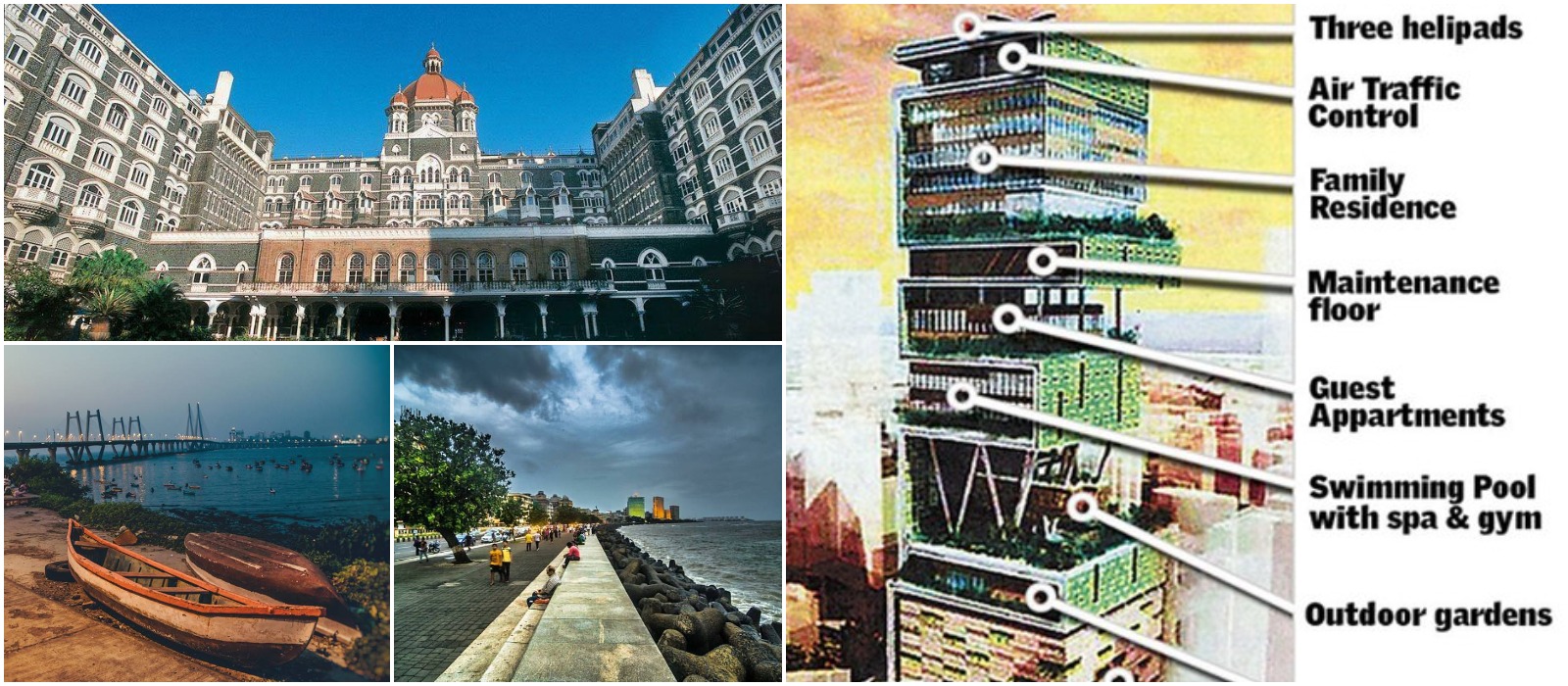
Dhobi Ghat Tour
Discover Mumbai’s Iconic Mahalaxmi Dhobi Ghat with a Guided Tour
Immerse yourself in Mumbai’s culture and history with a guided tour of the Mahalaxmi Dhobi Ghat, the city’s largest open-air laundry facility.
Discover the traditional way of washing clothes in Mumbai with a guided tour of the Mahalaxmi Dhobi Ghat. This iconic open-air laundry facility has been in operation for over a century and provides a glimpse into the city’s history and culture. Additionally, Mahalaxmi Dhobi Ghat Mumbai is the world’s largest open-air laundry. People bring dirty clothes from all over Mumbai. And hundreds of washermen and women – dhobis, work their shifts through the day to get the clothes back to their fresh, crisp, and spotless state.
However, During the tour, you’ll learn about the history and significance of the Dhobi Ghat. While some dhobi families take help from machines too, much of the activities at this Dhobi Ghat of Mumbai are taken care of by hand. Every family member takes care of their part. One person flogs the clothes in the washing trough, while others hang them out to dry. Then someone will mint the clothes using bulky charcoal irons.
Things to do at Mumbai Dhobi Ghat
1. Watching the organized chaos at the laundry – Dhobi Ghat laundry in Mumbai is one of the top tourist destinations in the city. It buzzes with washers and the smell of washing soda and other chemicals all day long. Moreover, You can watch the well-managed manual laundry system here. While one dhobi sorts the clothes as per their colors and types, another one will beat the stains out of clothes; and yet another member of the family hangs them on the lines to dry.
Mumbai Dhobi Ghat also has separate sections to boil water and wash infected clothes from hospitals. And while the washed clothes are being ironed before delivery, more porters come in with fresh piles of dirty clothes.
2. Knowing about the life of washermen and women – This Dhobi Ghat in Mumbai is managed by the people who work there, and they’re more than eager to share their stories with travelers. Learn about the entire process, hear about their daily struggles at work, and play a game or two of marbles with the kids there. You might also grab some helpful washing tips to take back home.
3. Clicking colorful photographs of clotheslines – Dhobi Ghat Mumbai sightseeing is also popular among photographers. Rows of colorful clothes drying in the sun streamlined displays of monochrome linens from hospitals and hotels, and happy faces behind the water splashes are all different frames you can capture. In addition, The patient photographers can also click piles of clothes loaded on porters’ backs, their cycles, and handcarts wheeled in and out.
Batch Time: Morning 09:00 AM and Afternoon 01:00 PM (13:00)
Tour Duration: 30 mins Walking Tour
Cost: Group Tour INR 600/- Per Person (up to 10 Pax )
Cost: Private Tour INR 1200/- Per Person (No Other Tourists)
Meeting Point:
How to Reach Dhobi Ghat, Mumbai?
Dhobi Ghat is in proximity to many other tourist spots in Mumbai. To reach Dhobi Ghat, Mahalaxmi Mumbai station is the nearest local railway station. Here are the various ways to reach Mumbai –
By Road – Mumbai has regular buses to various parts of India. The Mumbai Central bus stop is only about 2 km away from Dhobi Ghat.
By Rail – Railways are the lifeline of Mumbai, and regular trains connect it to different corners of India. While Chhatrapati Shivaji Maharaj Terminus is 6 km away from Dhobi Ghat, Mumbai Central is at a distance of 3 km. Suburban railway stations like Bandra Terminus, Lokmanya Tilak Terminus, and others also have many trains coming from different towns.
Note: you can add the Dharavi slum tour with local train ride experience it will be INR 1000/- per person extra
CLICK HERE FOR BOOKINGS!!
Some Pictures of Dhobi Ghat Tour









> For any Further Queries please connect with us and we shall be glad to assist You.
Contact us at +91 900413 5215
Email: info@mumbaidreamtours.com
FAQs
Dhobi Ghat is approximately 25 km away from Mumbai and is well connected by train. You need to take a local train and get down to Mahalaxmi station.
Dhobi Ghat is a place where the washerman and women wash clothes. A person washing the clothes is known as Dhobi and the ghat is the ultimate source of water that they use to ensure clothes are properly washed. In Mumbai, more than 50% of the population’s clothes are washed here.
Dhobi Ghat is located at a distance of 25 km away from Mumbai that is at Mahalaxmi. This place is right in the heart of Mumbai and is easily accessible.
Dhobi Ghat was started 140 years ago by an association of washermen in the Victorian era. Earlier there were only a few people working but in later years the entire region turned it up into their occupation. This is the only place from the British era whose name was not changed as is the same for about 140 years.

























































